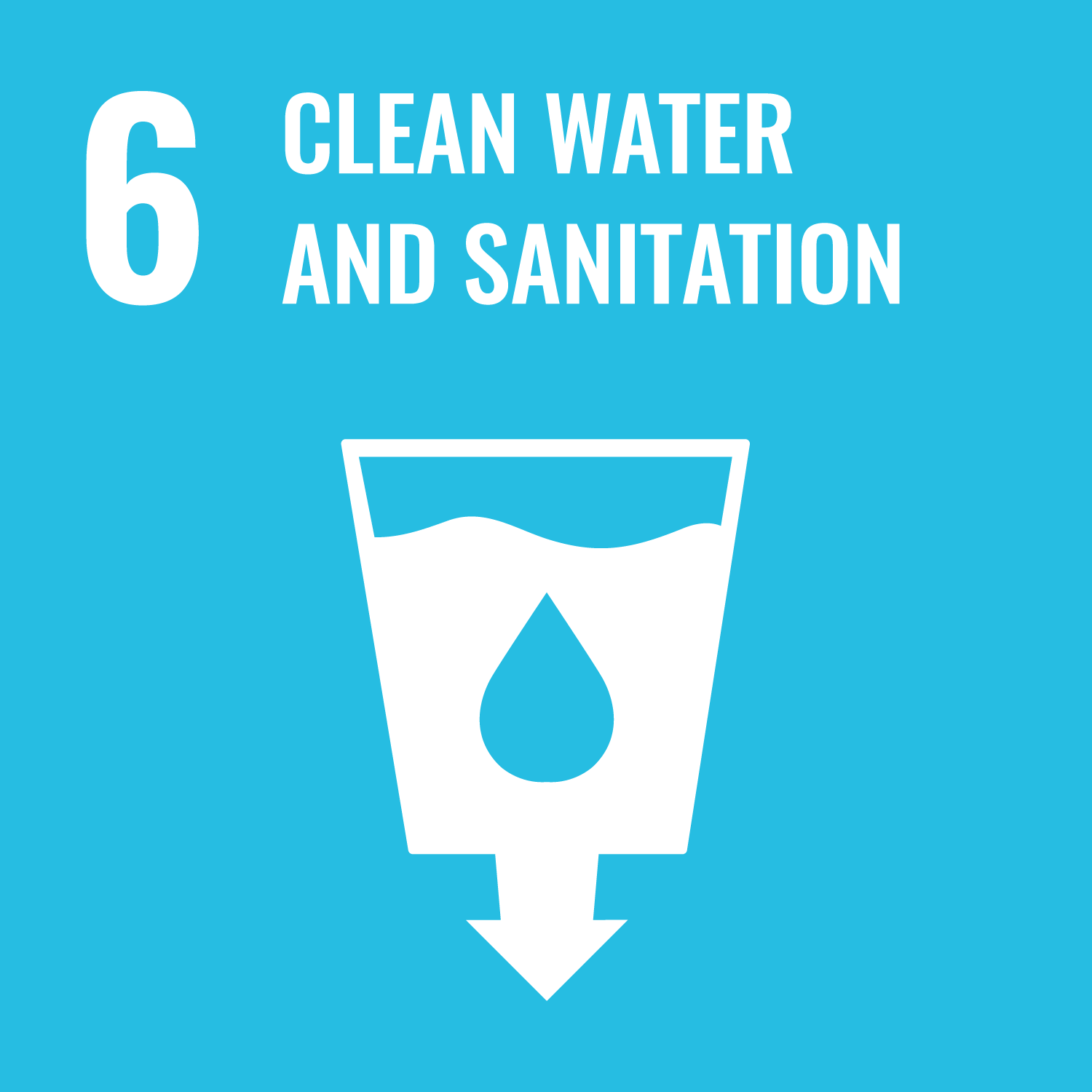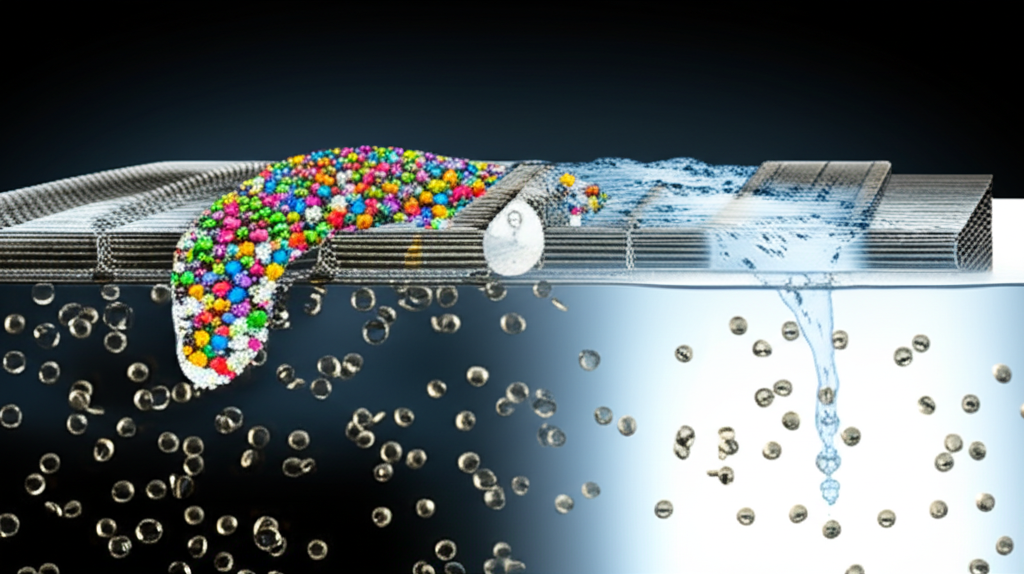Imagine a world where our waterways are free from the pollution of microplastics and oil, safeguarding ecosystems and human health. This vision is becoming increasingly attainable thanks to innovative research at Universiti Teknologi Malaysia (UTM) focused on advanced membrane technology. Current methods for removing microplastics and oil from wastewater face hurdles such as low efficiency, reduced flow, and membrane clogging. But this new study tackles these challenges head-on.
Researchers at UTM have developed enhanced nanofibrous composite membranes designed to dramatically improve the separation of microplastic contaminants and oil-water emulsions. These membranes are built from polyvinylidene fluoride (PVDF) polymeric nanofibers, created using a needle-free electrospinning technique and attached to a nonwoven surface. The real breakthrough lies in the modifications applied to these membranes. By treating them with alkaline solutions, biosurfactants, and nanoparticles of titanium dioxide ($TiO_2$) and copper oxide (CuO), the researchers were able to prevent fouling—a major cause of membrane inefficiency—and significantly boost separation performance. The biosurfactant-modified membranes showed impressive water permeability when separating microplastics. Membranes modified with $TiO_2$ stood out for oil-water emulsion separation, showing great oil rejection rates and antifouling properties. The maximum microplastic and oil rejection rates were of 99.99% and 95.30%, respectively, showcasing the effectiveness of the membrane.
This research is a significant step forward in wastewater treatment technology. By improving membrane performance, this technology offers a more efficient and sustainable way to purify water sources, addressing a critical environmental concern. The enhanced separation capabilities translate to cleaner water, healthier ecosystems, and reduced health risks associated with contaminated water sources.
The team’s success paves the way for further optimization and real-world applications. Future research will likely focus on scaling up the production of these modified membranes and testing their performance in diverse wastewater treatment scenarios. This innovative approach holds immense potential for revolutionizing how we manage and protect our precious water resources.
DOI: https://doi.org/10.1016/j.seppur.2025.133616

